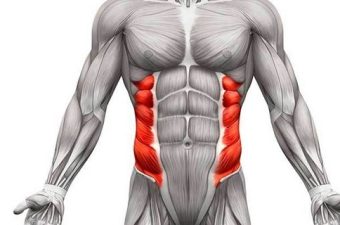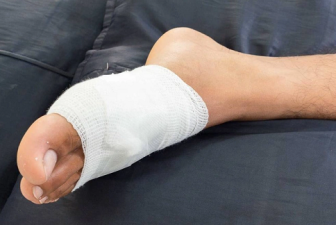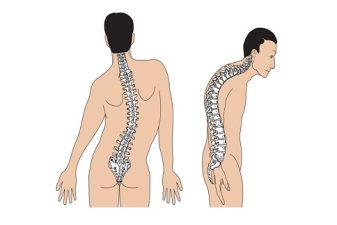Cervical spondylosis, commonly referred to as neck arthritis, is a condition that affects the joints and discs in the neck. For those dealing with this condition, a myriad of questions arises. In today’s blog post, we will delve deep into this subject, addressing some of the common concerns related to cervical spondylosis.
Does Cervical Spondylosis Get Worse?
Cervical spondylosis is a degenerative disorder, meaning it tends to worsen over time. However, the rate of progression varies among individuals. Some might experience a rapid progression of symptoms, while others may have a slow onset with periods of stability. Lifestyle choices, posture, and even genetics can play roles in how the condition progresses.
Choosing the Right Pillow for Cervical Spondylosis
The right pillow can make a significant difference in managing cervical spondylosis symptoms. It can provide the necessary neck support, ensuring the spine remains in a neutral position. Opt for pillows specifically designed for neck support, often labeled as ‘orthopedic’ or ‘cervical’ pillows. These pillows are typically contoured to cradle the neck and head.
- Cervical Spondylosis and Sleep: The Best Sleeping Positions
- Sleeping in the wrong position can exacerbate symptoms. Here’s what to keep in mind:
- Back Sleeping: Lying on your back with a supportive pillow can keep your spine aligned.
- Side Sleeping: This position can be comfortable if you use a pillow that fills the gap between your shoulder and head.
- Avoid stomach sleeping, as this forces the neck into a twisted position.
Chest Pain Due to Cervical Spondylosis
An unexpected symptom some patients report is chest pain. This is because the nerve pathways that control the heart originate from the spinal cord in the neck. If these nerves are irritated due to spondylosis, it can mimic chest pain similar to that of heart conditions. Always seek medical advice if experiencing chest pain to rule out cardiac issues.
The Role of the Neck Collar
A neck collar or cervical collar can be prescribed for temporary relief. It offers support and limits the movement of the neck, allowing inflamed tissues to heal. However, long-term reliance can weaken neck muscles. It’s essential to use it under a physician’s guidance.
Best Exercises for Cervical Spondylosis
Regular exercise can strengthen the neck muscles, offering better support to the cervical spine.
- Neck Tilts: Gently tilt your head forward and backward.
- Neck Turns: Turn your head slowly from one side to another.
- Neck Side Tilt: Tilt your head towards each shoulder.
- Always consult a physiotherapist before starting any exercise regimen.
Yoga Poses for Cervical Spondylosis
Yoga can be therapeutic for cervical spondylosis patients.
- Bhujangasana (Cobra Pose): This pose strengthens the spine and soothes the nerves.
- Balasana (Child’s Pose): It relaxes the neck and back.
- Matsyasana (Fish Pose): This pose stretches the neck and upper back.
Again, it’s essential to approach yoga under expert guidance, especially if you’re new or dealing with health concerns.
In conclusion, while cervical spondylosis is a degenerative condition, multiple strategies can help manage and alleviate its symptoms. From selecting the right pillow to practicing yoga, proactive choices can make a difference in the quality of life for those living with this condition. Always seek guidance from healthcare professionals when tailoring your approach.











